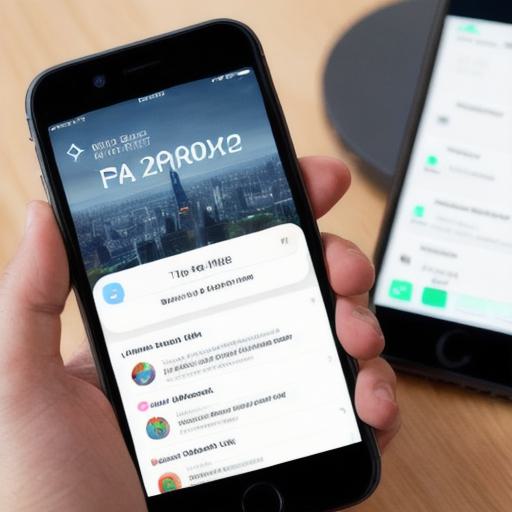Mastering Mobile Game Development with Godot 4: A Comprehensive Guide for Mobile Game Developers
Introduction
Welcome, mobile game developers! If you’re looking to master mobile game development using Godot 4, you’ve come to the right place. In this comprehensive guide, we’ll cover the basics of Godot 4 and explore how to create engaging mobile games that captivate your audience.
**Why Choose Godot 4 for Mobile Game Development?
**
Godot 4 is a powerful open-source game engine that offers a multitude of features tailored to mobile game development.
Some of its key advantages include:
* **Cross-Platform Support:**
Godot 4 supports multiple platforms, including iOS and Android, enabling you to reach a larger audience with ease.
* **Intuitive Editor:**
The editor is user-friendly, making it easier for developers to create games without requiring extensive technical knowledge.
* **Built-in Tools:**
Godot 4 comes with built-in tools for creating 2D and 3D graphics, animations, physics simulations, and more.
**Getting Started with Godot 4: Prerequisites and Setup**
To get started with Godot 4, ensure that you have the following prerequisites in place:
* **System Requirements:**
Check your system’s specifications meet the minimum requirements.
* **Installation:** Download and install Godot 4 on your preferred platform.
* **Learning Resources:**
Familiarize yourself with learning resources, such as documentation and tutorials.
**Creating Your First Mobile Game in Godot 4: Building a 2D Platformer**
Let’s create a simple 2D platformer game using Godot 4. This project will cover the following areas:
1. **Setting up a new project:** Creating a new 2D platformer game project in Godot 4.
2. **Designing game mechanics:** Implementing player controls, physics, and collision detection.
3. **Creating levels:** Designing levels using the Tiled editor.
4. **Adding graphics and animations:** Importing and applying 2D graphics and animations to characters and backgrounds.
**Optimizing Mobile Games for Performance: Techniques and Best Practices**
To create high-performing mobile games, consider the following optimization techniques and best practices:
1. **Reducing draw calls:** Minimizing the number of objects that need to be drawn to the screen.
2. **Baking textures:** Precalculating texture atlases to reduce the number of texture switches.
3. **Minimizing dynamic objects:** Limiting the number of moving objects in a scene to improve performance.
4. **Profiling and optimizing code:** Analyzing and optimizing your code for better performance.
**Publishing Your Mobile Game on App Stores: Exporting and Distribution**

Once you’ve completed developing your mobile game, the following steps will help you prepare it for publication:

1. **Exporting for different platforms:** Exporting your game to specific formats for iOS, Android, or other platforms.
2. **Testing:** Thoroughly testing your game on multiple devices to ensure a seamless user experience.
3. **Preparing metadata and icons:** Creating engaging metadata and icons that appeal to potential players.
4. **Distribution:** Submitting your game to various app stores, such as the Apple App Store or Google Play Store, for publication.
**Summary**
Mastering mobile game development with Godot 4 requires dedication, creativity, and a solid understanding of its features. By following this comprehensive guide, you’ll have the foundation necessary to create captivating mobile games using Godot 4.
